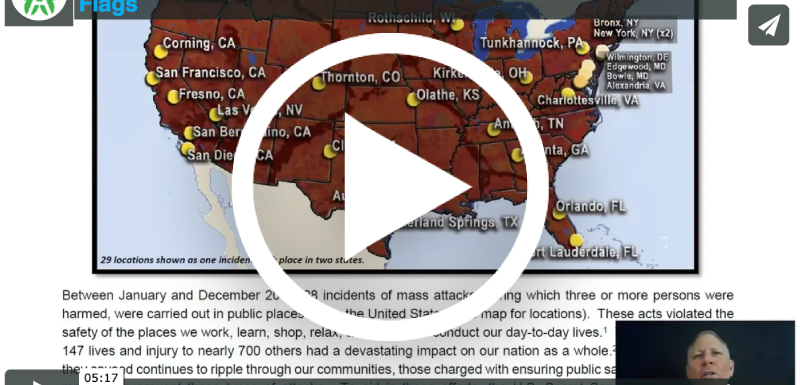
To get the best results and the right results, Threat Assessment Teams need the right tools too. Evidence reveals very unfortunate and dangerous gaps with Threat Assessment Teams not having the right tools.
According to the DHS/Secret Service report on 28 mass shootings between January and December 2017 from March 2018:
Over three-quarters (of perpetrators) made concerning communications and/or elicited concern from others prior to carrying out their attacks. On average, those who did elicit concern caused more harm than those who did not.
In the 28 mass shootings researched in 2017, 147 lives were lost and nearly 700 people were injured, and in over 75% of the 28 shootings (over 21 of them), there were warning signs exhibited by the perpetrators before they attacked. Clearly, Threat Assessment Teams, organizations, and communities do not have the right tools or the results would be different and lives would be saved.
How many more innocent lives must be lost and ruined before Organization Leaders and Community Leaders take the critical actions to get the right tools in place for organization-wide and community-wide Threat Assessment Teams to be effective? You wouldn’t trust a surgical team with a plastic knife, so why put your trust in a Threat Assessment Team with the wrong tools?
Evidence from numerous studies and reports expose over and over where even though the warning signs were observed and recorded, preventions failed, and lives were lost.
Evidence also exposes, again and again, the silos, disconnects, and gaps where there even though Threat Assessment Teams (organization-wide and community-wide) existed.
In the 75% of shootings where warning signs were present the organizations and communities affected did not have the right tools to:
- Collect concerning communications
- Collect concerns from others
- Automatically, immediately, and securely share information with the right Threat Assessment Team members (a combination of multidisciplinary team members across the organization, across the community, and others who offer needed expertise and resources)
- Proactively take the right actions at the right times
- Monitor at-risk individuals on an ongoing basis to identify escalations
- Objectively measure potential for violence/aggression
- Ensure individuals do not fall through the cracks
- Document actions taken by organization and community resources on an ongoing basis
If you’re an Executive or Leader who is ready to give your Threat Assessment Team the tools they need in order to connect your systems, your people, and your resources in order to save lives, reputations, and bottom lines, you need to contact Awareity today.
